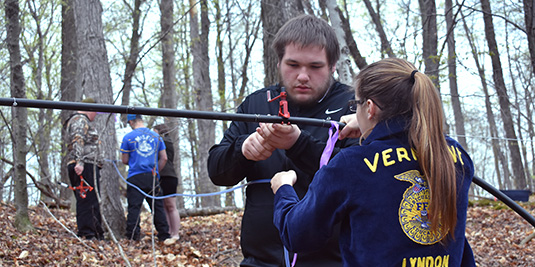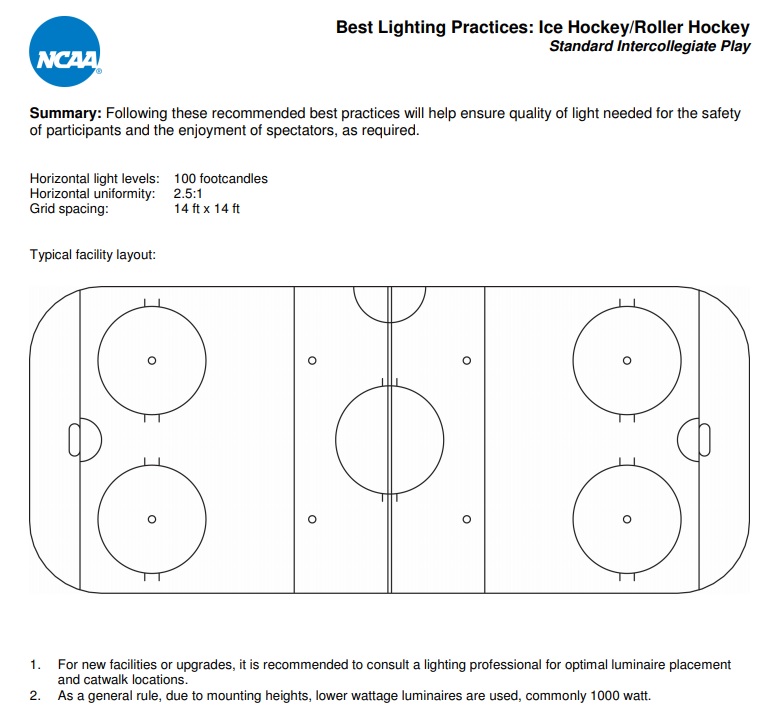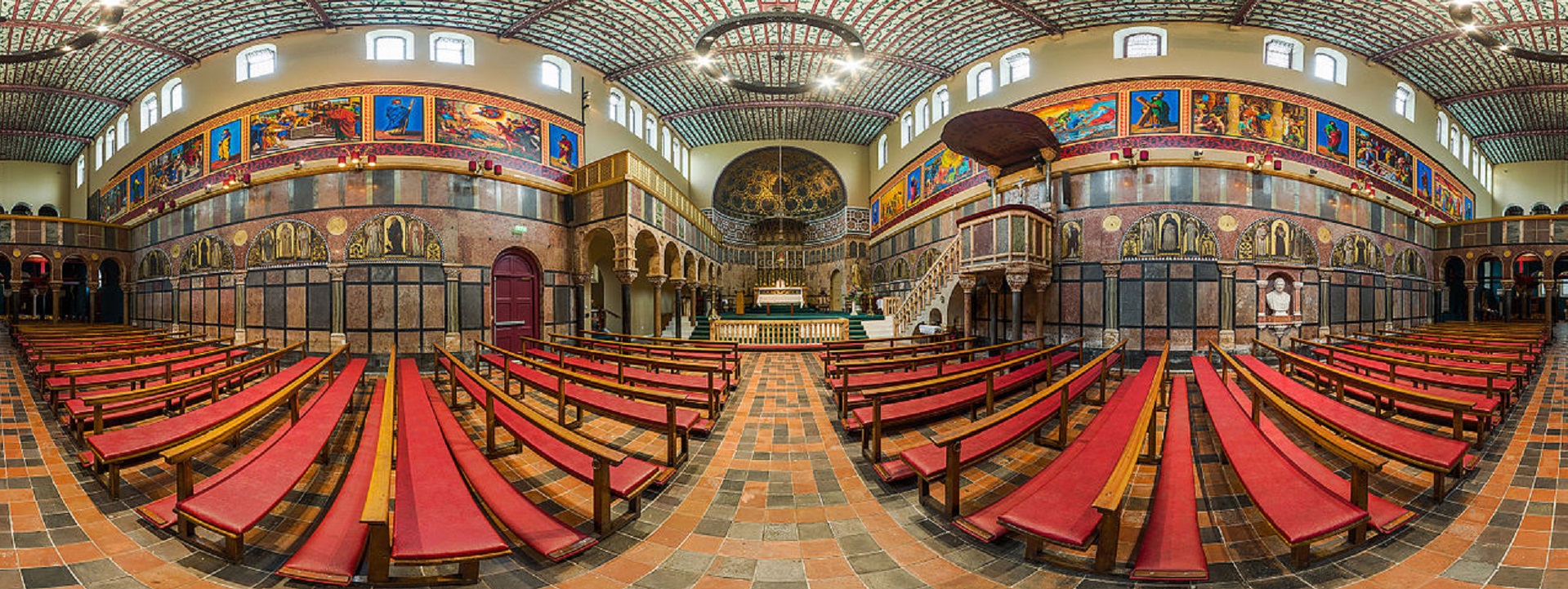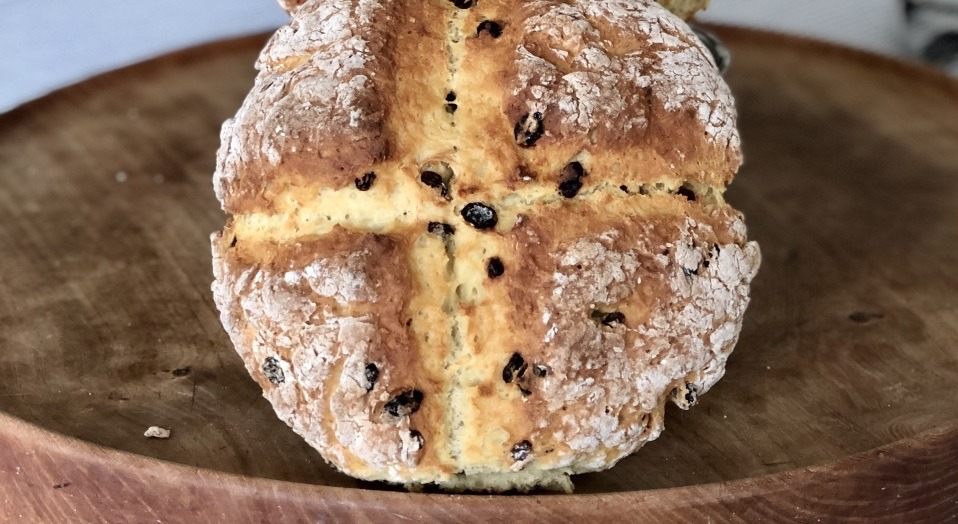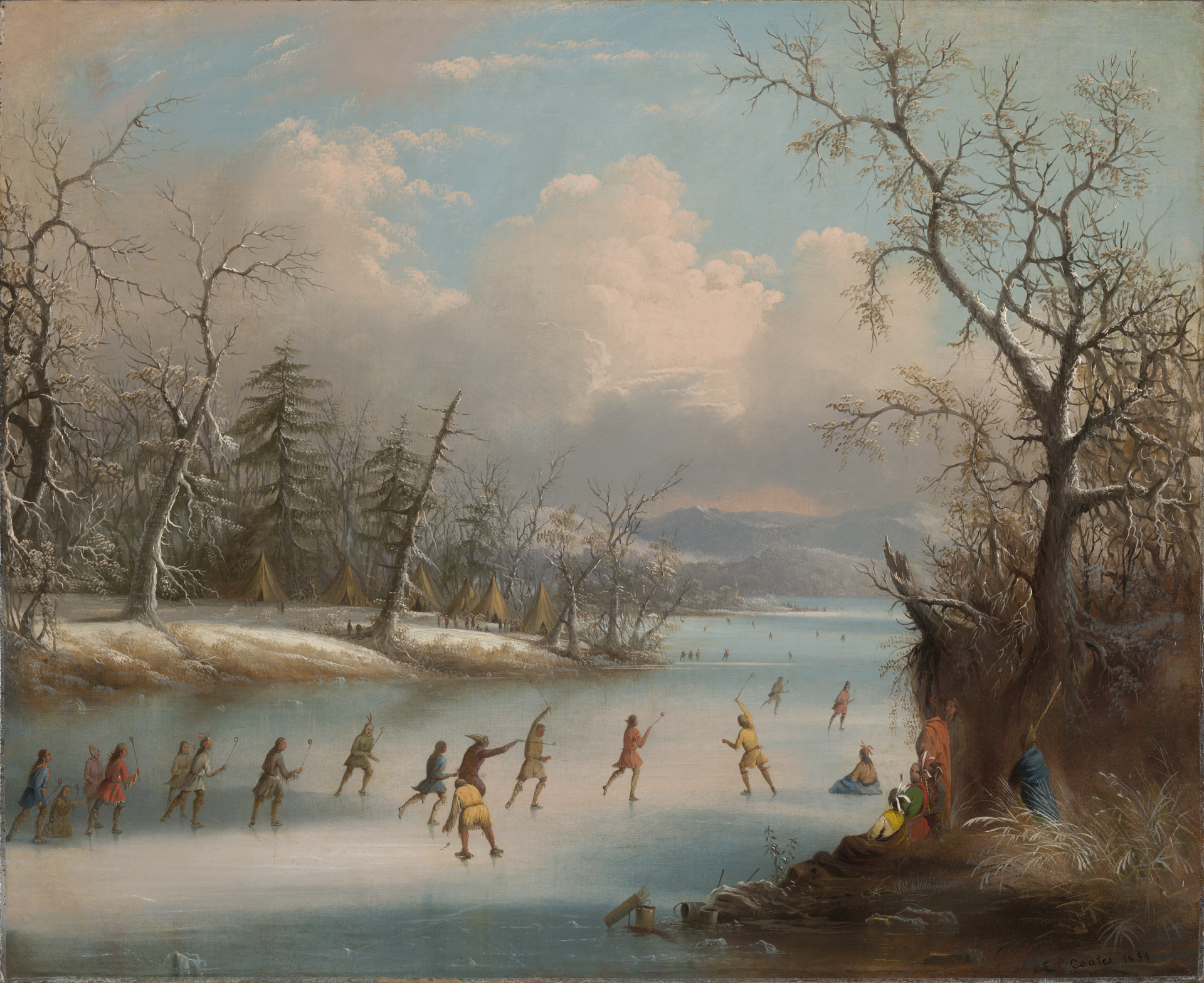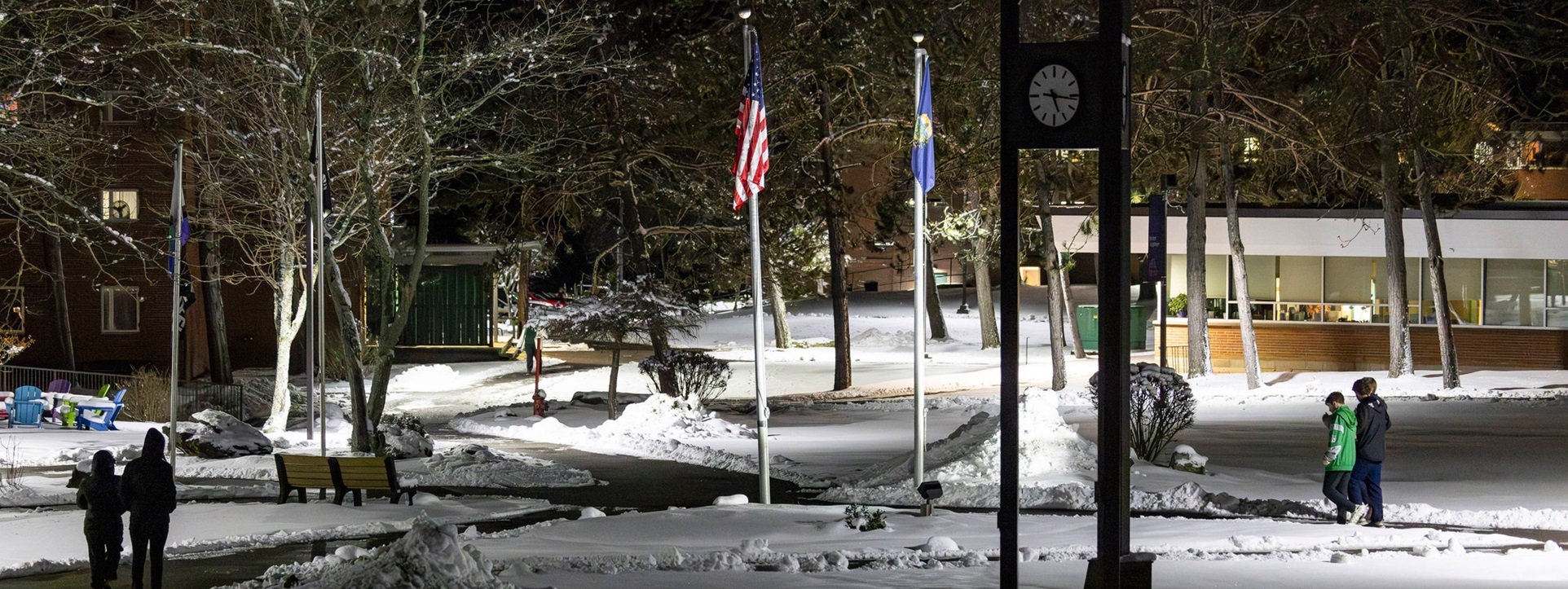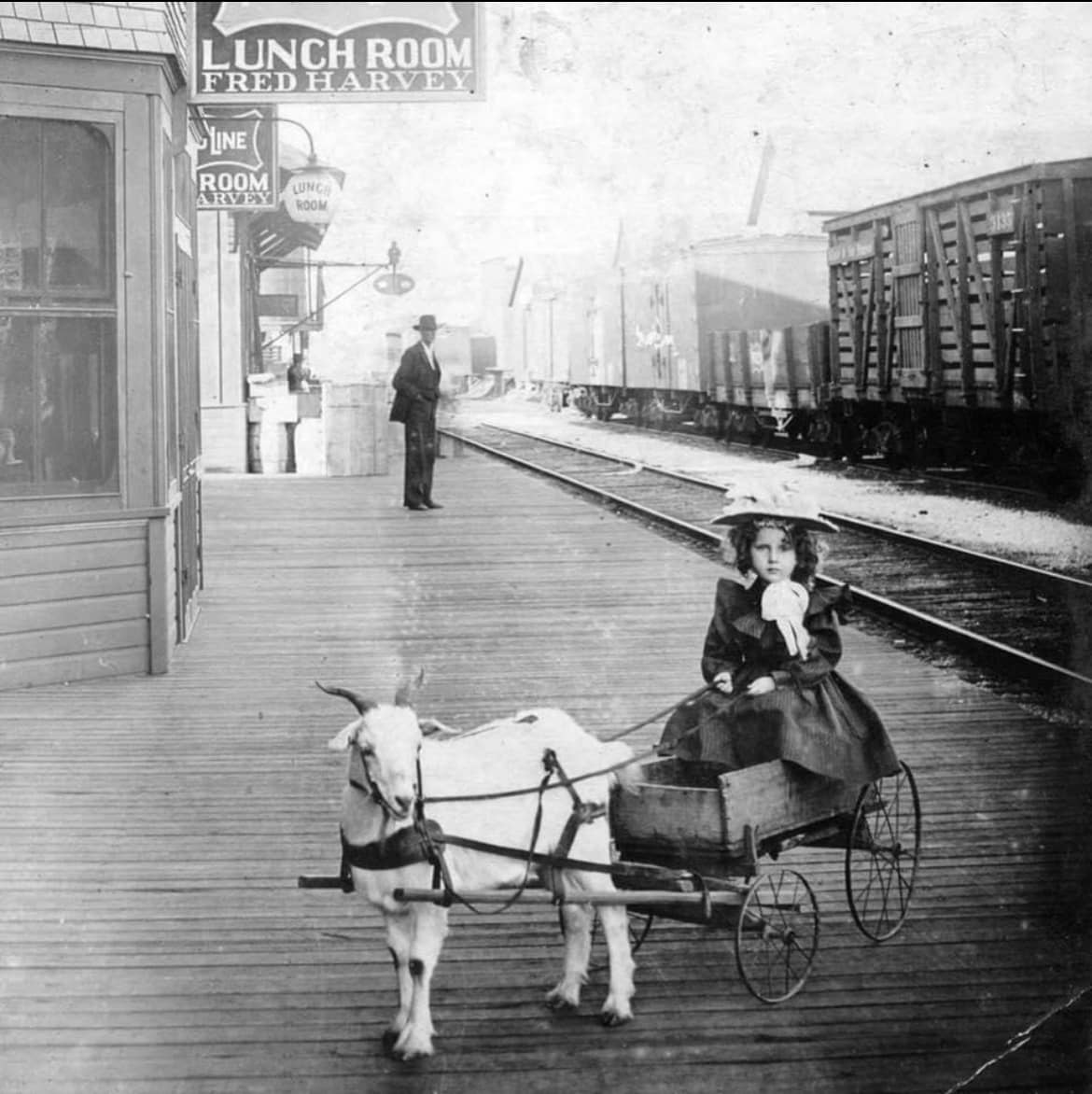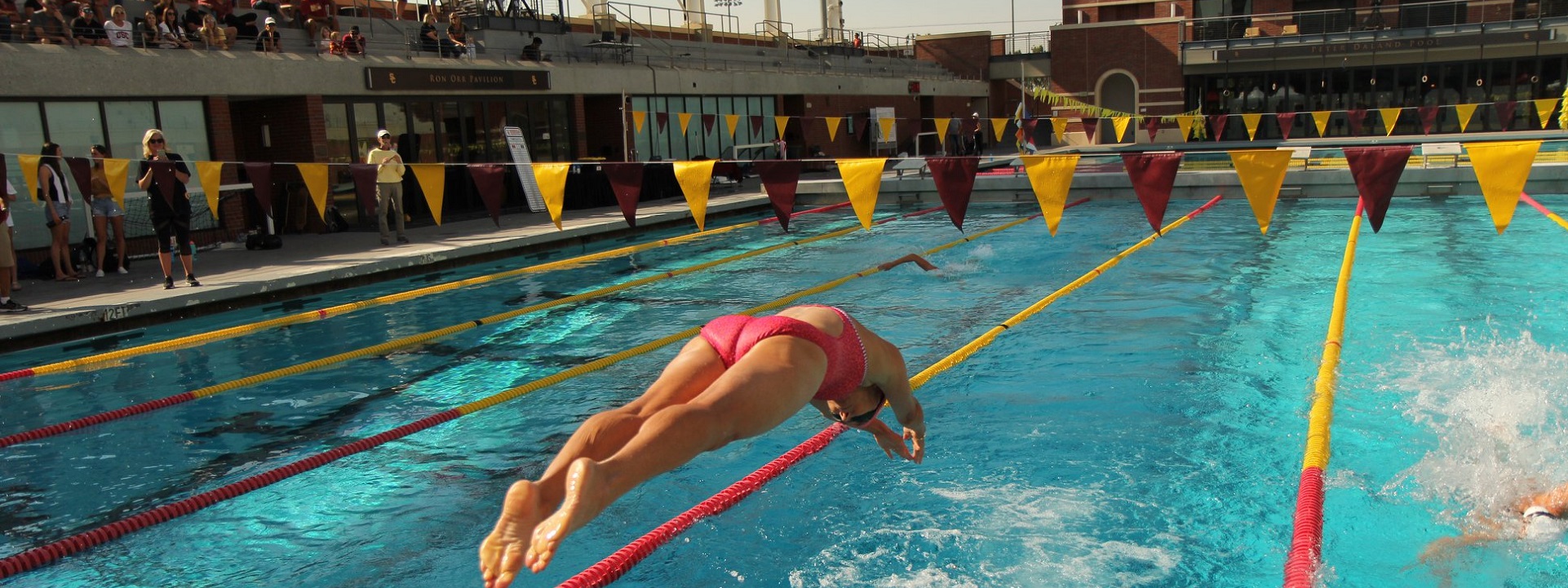Tag Archives: M3
- Home
- Posts tagged "M3"

The “Sugaring” Season
Vermont is the largest producer of maple syrup in the United States, and the maple syrup industry is an important part of the state’s economy and culture. Vermont maple syrup is renowned for its high quality and distinctive flavor, and many people around the world seek out Vermont maple syrup specifically.
The maple syrup industry in Vermont is primarily made up of small-scale family farms, where maple sap is collected from sugar maple trees in early spring using a process called “sugaring.” The sap is then boiled down to produce pure maple syrup, which is graded according to its color and flavor. Vermont maple syrup is graded on a scale from Grade A (lighter in color and milder in flavor) to Grade B (darker in color and more robust in flavor).
The Vermont maple syrup industry is heavily regulated to ensure quality and safety, and the state has strict standards for labeling and grading maple syrup. In addition to pure maple syrup, many Vermont maple producers also make maple candy, maple cream, and other maple products.
University of Vermont Facilities Management
Ice Hockey Arena Lighting
National Collegiate Athletic Association: August 2022 IRS Form 900 Tax Filing




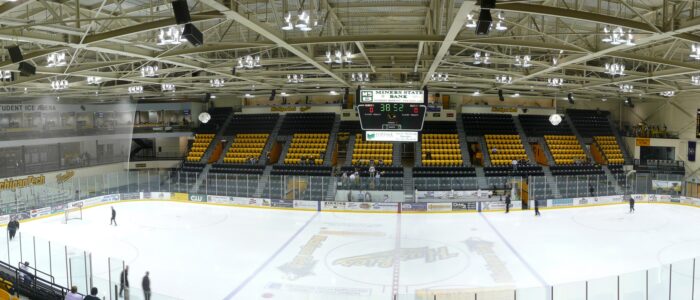
After athletic arena life safety obligations are met (governed legally by NFPA 70, NFPA 101, NFPA 110, the International Building Code and possibly other state adaptations of those consensus documents incorporated by reference into public safety law) business objective standards may come into play.For almost all athletic facilities, the consensus documents of the Illumination Engineering Society[1], the Institute of Electrical and Electronic Engineers[2][3] provide the first principles for life safety. For business purposes, the documents distributed by the National Collegiate Athletic Association inform the standard of care for individual athletic arenas so that swiftly moving media production companies have some consistency in power sources and illumination as they move from site to site. Sometimes concepts to meet both life safety and business objectives merge.
During hockey season the document linked below provides information to illumination designers and facility managers:
Athletic programs are a significant source of revenue and form a large part of the foundation of the brand identity of most educational institutions in the United States. We focus primarily upon the technology standards that govern the safety, performance and sustainability of these enterprises. We collaborate very closely with the IEEE Education & Healthcare Facilities Committee where subject matter experts in electrical power systems meet 4 times each month in the Americas and Europe.
See our CALENDAR for our next colloquium on Sport facility codes and standards. We typically walk through the safety and sustainability concepts in play; identify commenting opportunities; and find user-interest “champions” on the technical committees who have a similar goal in lowering #TotalCostofOwnership.





Issue: [15-138]*
Category: Electrical, Architectural, Arts & Entertainment Facilities, Athletics
Colleagues: Mike Anthony, Jim Harvey, Jack Janveja, Jose Meijer, Scott Gibbs
LEARN MORE:
[1] Illumination Engineering Handbook
[2] IEEE 3001.9 Recommended Practice for Design of Power Systems for Supplying Lighting Systems for Commercial & Industrial Facilities
[3] IEEE 3006.1 Power System Reliability
* Issue numbering before 2016 dates back to the original University of Michigan codes and standards advocacy enterprise
Newman Centre
“The love of our private friends
is the only preparatory exercise
for the love of all men.”
— John Henry Newman
The Newman Centre in Ireland is a Catholic chaplaincy and student center located at University College Dublin. The center is named after Blessed John Henry Newman, a prominent 19th-century Catholic theologian and cardinal who was recently canonized as a saint by the Catholic Church. Its spaces are open to Catholic students and staff at the university, as well as for the wider community. These include daily Mass, confession, adoration of the Blessed Sacrament, Bible study groups, social events, and retreats. The center also hosts talks and lectures on topics related to Catholicism and the Catholic intellectual tradition, and supports student-led initiatives and outreach programs.
The Newman Center is part of a global network of Newman Centers and Catholic campus ministries that aim to provide spiritual and intellectual support for Catholic students in higher education. The centers are typically named after John Henry Newman, who wrote extensively on the role of education in developing the whole person and fostering a deeper understanding of faith and reason.
Traditional Irish Soda Bread
Ballymaloe Cookery School is situated on a 100-acre organic farm in County Kerry. It produces the freshest vegetables, fruit, meat and dairy products, all of which are used in the kitchen every day. We teach a diverse range of cooking styles but the fundamental message we pass on to our students is the importance of putting time and effort into sourcing the highest-quality ingredients.
Kerry College of Further Education
Winter Sport
The literature for designing, building and maintaining sport and recreation related spaces in education settlements cuts across so many safety and sustainability risk aggregations that, starting 2024, we begin breaking up the topic according to four seasons; mindful that not all seasons are present in all settlements at all times of the year.
Join us today when we sort through live public consultations on proposed changes to the most frequently referenced titles.
Hockey
Figure Skating
Rifle
Recreation
Swimming
Related:
Virtual reality technology in evacuation simulation of sport stadiums
Bollards
Pedestrian bollards protect walkways from vehicle intrusion, guide foot traffic, snow plows and can provide heating and illumination. They should be positioned in front of energy utility services (such as natural gas and electrical power switchgear). at sidewalk entrances, crosswalks, and near pedestrian-heavy zones. Join us today at 16:00 UTC when we examine best practice literature and a few construction details as time allows.
International & General Standards
ASTM F3016 – Standard Test Method for Surrogate Testing of Vehicle Impact Protective Devices at Low Speeds.
ASTM F2656 – Standard Test Method for Crash Testing of Vehicle Security Barriers.
ASTM A53 / A500 – Standards for steel pipe and tubing used in bollard construction.
ISO 22343 – Vehicle security barrier standards.
U.S. Codes & Regulations
ADA Standards for Accessible Design – Ensures bollards do not create accessibility barriers.
IBC (International Building Code) – Covers structural requirements for bollards in buildings.
Vehicular Impact Protection – IBC Section 1607.8.3
Accessibility Considerations – IBC Chapter 11 & ANSI A117.1
NFPA 101 (Life Safety Code) – Addresses fire lane access and emergency egress.
DOT (Department of Transportation) Guidelines – Covers bollard placement in public roadways.
Local municipalities may have additional regulations governing bollard installation and safety compliance.
Related:
Illuminated Bollard Riser similar to Pedestrian Light Pole Base
Campus bollard lighting solution
Ice Swimming
January 1st is Polar Bear Plunge Day in the Great Lakes. It is also popular among the young in other “watery” universities around the world.
2023 St. Clair College Polar Bear Plunge
Polar Plunge at the University of Michigan
Cold shower? Ice swimming? ‘In 2014, researchers at Radboud University in the Netherlands investigated one of Hof’s bolder statements: that his regime can be used to control the immune system.’ @radboudumc @newscientist @Radboud_Uni https://t.co/I9nqlJbUQQ
— Radboudumc wetenschap (@radboudumc_weet) April 22, 2021
Polar Bear Plunge Day https://t.co/TlUn5IWtuX via @natltoday
— Standards Michigan (@StandardsMich) December 30, 2023
Get in on the thrill of your life with the IcePod ❄️
Experiencing all the benefits of cold plunge therapy in the comfort of your own home. 💪
Get 56% OFF for TODAY ONLY! 🔥
— Space Therapy Pro (@spacetherapypro) August 28, 2023
Ice Swimming in Finland pic.twitter.com/UKfpdO1fsI
— 60 Second Docs (@60SecDocs) February 20, 2023
Pleasures and Hazards
Pleasures:
- Increased adrenaline rush: Cold water swimming can produce a surge of adrenaline in the body, which can make you feel more energized and alert.
- Improved mood: Cold water swimming has been associated with an increased release of endorphins, which can elevate your mood and reduce stress levels.
- Improved immune function: Cold water swimming has been shown to improve immune function, possibly due to the stress response induced by the cold water.
- Sense of accomplishment: Many people find ice swimming to be a challenging and rewarding experience, providing a sense of accomplishment and pride.
- Social bonding: Ice swimming can be a social activity, with groups of people coming together to share the experience and support each other.
Hazards:
- Hypothermia: Prolonged exposure to cold water can cause hypothermia, which can be life-threatening if left untreated.
- Cold shock response: Entering cold water can cause an involuntary gasp reflex, which can lead to drowning if it occurs while the head is underwater.
- Heart problems: Cold water swimming can put a strain on the heart and increase the risk of heart attack or stroke in people with underlying cardiovascular disease.
- Frostbite: Exposed skin can become frostbitten in cold water, particularly in extremities such as the fingers and toes.
- Injury from slipping or falling: Ice swimming can be hazardous if proper safety precautions are not taken, such as wearing appropriate footwear and using a rope or ladder to enter and exit the water.
College Polar Bear Plunges
Capra hircus
Goat farming is an important source of livelihood for many small-scale farmers in developing countries, particularly in regions such as sub-Saharan Africa and South Asia. The FAO estimates that more than 90% of the world’s goats are raised in developing countries, where they provide a critical source of food and income for rural communities.
Overall, the global goat farming industry continues to grow, driven by increasing demand for goat meat and milk products, as well as the potential for sustainable agriculture practices.
Advantages:
Low start-up costs: Goat farming requires relatively low start-up costs compared to other types of agriculture. Goats are small animals that do not require much space, and they can be raised in a variety of environments, from small backyard farms to large commercial operations.
High productivity: Goats are known for their high reproductive rate, which allows farmers to increase their herd size quickly. They are also efficient at converting food into milk and meat, making them a profitable investment for farmers.
Multiple uses: Goats can be raised for meat, milk, and fiber, making them a versatile livestock option. Additionally, their manure can be used as fertilizer, and they can be used for weed control on farms and other properties.
Sustainable farming: Goat farming can be a sustainable agricultural practice, as goats do not require large amounts of feed or water, and they can be raised on marginal lands that are unsuitable for other types of agriculture.
Disadvantages:
Predation: Goats are vulnerable to predation by coyotes, dogs, and other predators, which can be a significant problem for farmers, especially in rural areas.
Disease susceptibility: Goats are susceptible to a variety of diseases, some of which can be difficult to diagnose and treat. Additionally, some diseases can be transmitted to humans, making it important for farmers to take precautions when handling their animals.
Market volatility: The demand for goat products can be volatile, and prices can fluctuate significantly based on supply and demand. This can make it challenging for farmers to predict their income and manage their finances.
Labor intensive: Goat farming can be labor-intensive, especially during kidding and milking seasons. This can make it difficult for farmers to manage their workload, especially if they have a large herd.
When you don’t have children or a significant other so get graduation photos done with your study subjects & absolute best pals ❤️
I despise having my photo taken & almost cancelled but decided I should suck it… although ended up in my dungarees for my favourite ones 😂 pic.twitter.com/0c6ZOBDEHI
— Dr Holly Vickery (@SkylarkHolly) July 25, 2024
Hi followers! It’s time to update my pinned tweet as I’ve finished my PhD at Reading in goat kid behaviour and welfare and…
I’m now a *permanent* lecturer at Harper Adams university!
Here I love to love to talk all things science, animals, crafts and smallholding life ☺️ pic.twitter.com/J9xQlLVgTi— Holly Vickery PhD (@SkylarkHolly) April 28, 2024
Standards March: Water
Curated list of our interest and accomplishments in water-related codes, standards and related best practice literature.
International Building Code | Chapter 29 Plumbing Systems
“Àguas de março” (A.C.Jobim)
Escola Municipal de Música de Sant Andreu | Catalunya Província de Barcelona @joanchamorro
print(“Lunch Hour 1600 UTC”)\n weekday(2)
print(“Padrão Brasil”)https://t.co/wFPKtBBD2R pic.twitter.com/vibSBRmBC3— Standards Michigan (@StandardsMich) March 6, 2024
A good understanding of waves in shallow water, typically in coastal regions, is important for several environmental and societal issues: submersion risks, protection of harbors, erosion, offshore structures, wave energies, etc.https://t.co/E6T2woxQ67@_CIRM @CIGLR_UM pic.twitter.com/DUnk6rlFW9
— Standards Michigan (@StandardsMich) February 24, 2021
Water Cycle Equation:
Precipitation = Runoff + Infiltration + Evapotranspiration + ΔStoragehttps://t.co/DdIA3UWUxy
Georgia Southern University Civil Engineering & Constructionhttps://t.co/rVhv4tyuBt@GeorgiaSouthern pic.twitter.com/9yo5NZrJQH— Standards Michigan (@StandardsMich) September 10, 2020
We are marking up NSF 50 Standard for Recreational Water Facilities RE: piping changeshttp://t.co/9TDj8D4Ic4 pic.twitter.com/OsGIo5w6q2
— Standards Michigan (@StandardsMich) January 7, 2015
Today we review live public consultation notices from standards setting organizations creating best practice literature and policy templates for water safety and sustainabilityhttps://t.co/sM4vKIpRTK pic.twitter.com/T5kJ1LpYrC
— Standards Michigan (@StandardsMich) August 4, 2020
A good understanding of waves in shallow water, typically in coastal regions, is important for several environmental and societal issues: submersion risks, protection of harbors, erosion, offshore structures, wave energies, etc.https://t.co/E6T2woxQ67@_CIRM @CIGLR_UM pic.twitter.com/DUnk6rlFW9
— Standards Michigan (@StandardsMich) February 24, 2021
“Microfiber Release to Water, Via Laundering, and to Air, via Everyday Use: A Comparison between Polyester Clothing with Differing Textile Parameters”
University of Plymouth @PlymUni
Consiglio Nazionale delle Ricerche @CNRsocial_https://t.co/suKmOp56HD pic.twitter.com/kJ0uFFwmAN— Standards Michigan (@StandardsMich) September 25, 2021
Duke University Press – A Future History of Water
Andrea Ballesterohttps://t.co/cm4ybE6W76 pic.twitter.com/5RmPdmtMr7— Standards Michigan (@StandardsMich) May 15, 2020
RT @wef: Where is the world’s hidden groundwater? https://t.co/cTCqljIFsu #environment #water pic.twitter.com/OoVxrzvh3q
— Standards Michigan (@StandardsMich) December 11, 2015
ANSI Seeks Comments on ISO Proposal for Water Products
Comments due December 8thhttps://t.co/PbCprmGyFc @standardsaus @ansidotorg @IFMA pic.twitter.com/ToDwD0K4R9— Standards Michigan (@StandardsMich) November 5, 2017
Boiler University https://t.co/p8HkfwQh5b
Ritchie and Steven discuss steam boiler mathematics: Horsepower, Pounds Per Hour, Boiler Horsepower Formula, Pounds Per Hour Formula, Convert Steam to hot water formula, Heat exchanger, Steam Load@WareInc pic.twitter.com/EosfgvE01S— Standards Michigan (@StandardsMich) February 4, 2021
Help us mark up standards that provide regulators w/specifics needed for wise use of waterhttps://t.co/4SQhP6k8YO https://t.co/lfBrUvgudy
— Standards Michigan (@StandardsMich) November 10, 2015
New update alert! The 2022 update to the Trademark Assignment Dataset is now available online. Find 1.29 million trademark assignments, involving 2.28 million unique trademark properties issued by the USPTO between March 1952 and January 2023: https://t.co/njrDAbSpwB pic.twitter.com/GkAXrHoQ9T
— USPTO (@uspto) July 13, 2023
Standards Michigan Group, LLC
2723 South State Street | Suite 150
Ann Arbor, MI 48104 USA
888-746-3670



